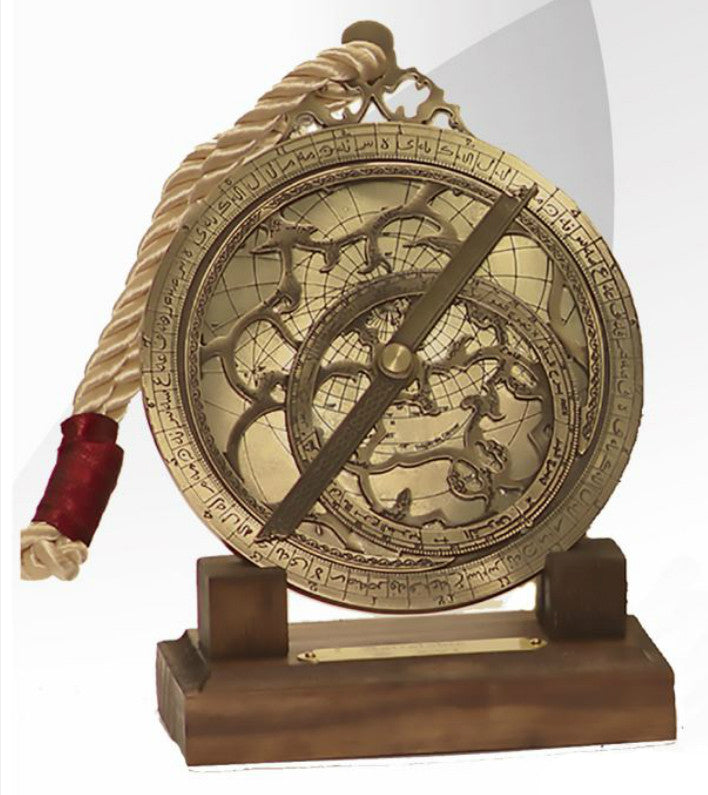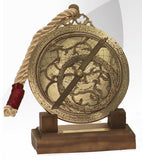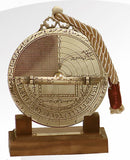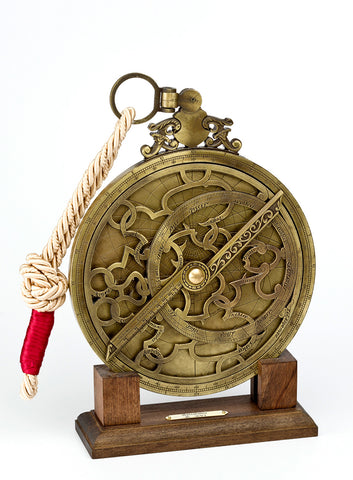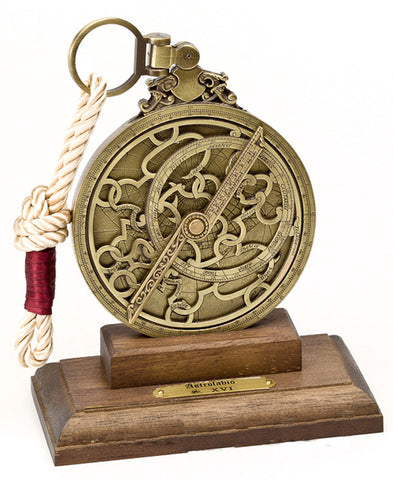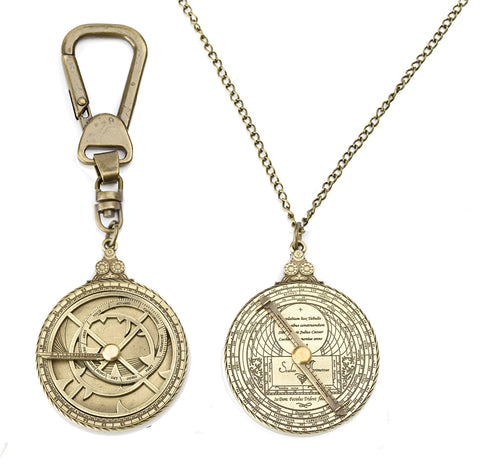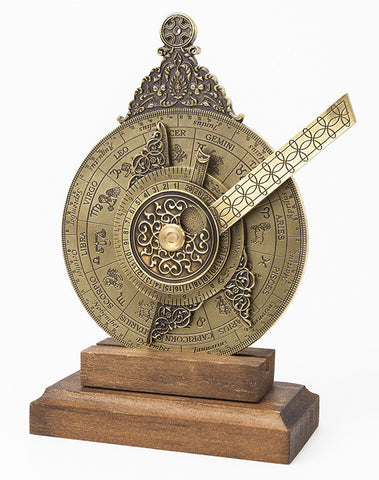The use of the astrolabe in the Arab world began in the East (the Mashriq) what we know today as Syria, Lebanon, Jordan and Egypt extending widely by North Africa (the Maghrib), entering almost immediately in Muslim Spain, being already found astrolabes made in Toledo in the 11th century.
However much earlier in the 5th century, it is dated a treatise attributed to Ibn al-Saffar that greatly influenced later centuries in Europe, thanks to the translation in the twelfth century by Juan de Sevilla. The treatise describing the construction and use of the astrolabe and was republished several times, becoming the most widely used book for centuries. We can say that all treatises were based in one way or another in the first of eastern Islam, hence the adoption in Europe of Arabic names for the stars and other astronomical elements.
The transmission of Arab scientific knowledge to Christian Europe, began mainly in the Monasteries closest of Arab Andalusia , such as the Benedictine monastery of Santa Maria de Ripoll, the main center of Latin translation of all these documents during the 10th and 11th century.
This replica corresponds to the one made by Muhammad Muqim, Lahore, 1643/4 and it is exhibited in The Oxford Museum of Science.
It includes instructions for its use and a wooden display pedestal, and comes in a wonderful gift box.

